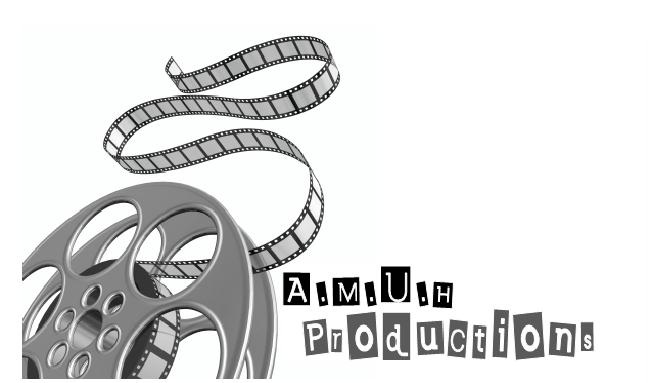Todorov's theory: Todorov proposed a basic structure for all narratives. He stated that films and programmes begin with an equilibrium, a calm period. Then agents of disruption cause disequilibrium, a period of un-settlement and disquiet. This is then followed by a renewed state of peace and harmony for the protagonists and a new equilibrium brings the chaos to an end. The simplest form of narrative (sometimes referred to as ‘Classic’ or ‘Hollywood’ narrative).
Propp's theory: Vladimir Propp’s theory was formed in the early twentieth Century. He studies Russian fairytales and discovered that in stories there were always 8 types of characters evident. These are: the hero, the villain, the donor, the dispatcher, the false hero, the helper, the princess and her father. He did not state these characters were all separate people e.g. the provider could also be the helper. There are only 8 different character types and only 31 things they ever do. Once you have identified the character type (e.g., the hero) it’s easy to guess what they will do (save the maiden, defeat the villain, marry the maiden or whatever) because each character has a SPHERE OF ACTION. This is easily relatable to films and programmes today
Soul Bass: Saul Bass born on May 8th 1920 was an Academy Award-winning filmmaker, but he is best known for his design on animated sequences. In his 40-year career he worked for some of Hollywood's greatest filmmakers, these included Hitchcock, Stanley and Martin Scorsese For Alfred Hitchcock, Bass provided effective, title sequences, employing kinetic typography, working with John Whitney, and Psycho. It was this kind of innovative, revolutionary works that made Bass the film maker he was. His later work with Martin Scorsese saw him move away from the optical techniques that he had managed to begin and move into computerized titles.
Moving on Bas had helped in the directing the highlight scene of Psycho, the hugely edited shower-murder sequence, he used his initiative mind to direct such a scene making it perfect to every second that was shot.
On the whole Saul Bass was a character who brings a change in the American film making scene, not only affecting film making of the time, but for many years to come. One of the famous quotes used by Saul Bass were "Design is thinking made visual’’, in other words he was a follower of his imagination and techniques. Who knew that he could make the difference in the film making world today.







